A young Afro-Colombian woman washes the dishes at the end of a twelve-hour shift in a street restaurant in the market of Bazurto, Cartagena, Colombia.
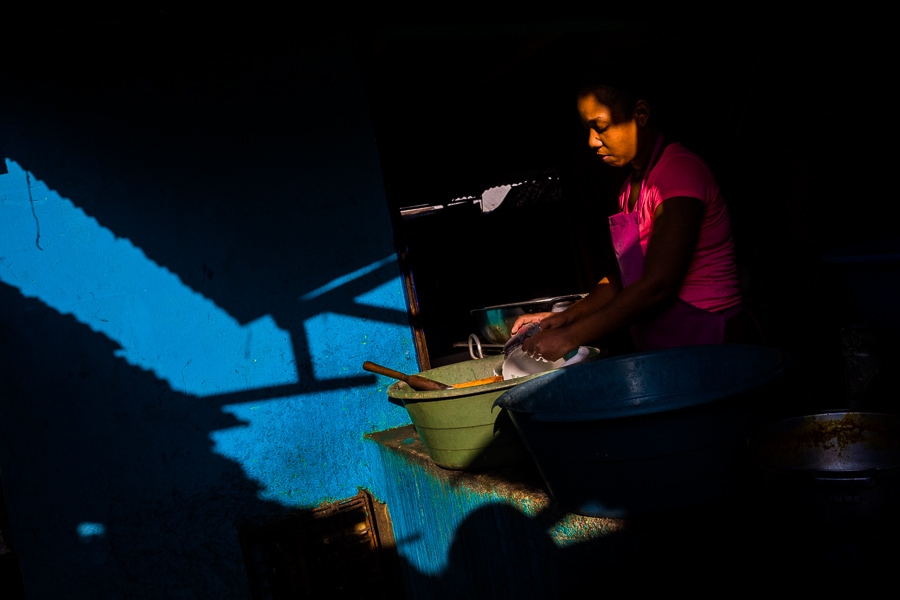

An Afro-Colombian man with a mental health disability argues with an imaginary person in a back street in Cartagena, Colombia.
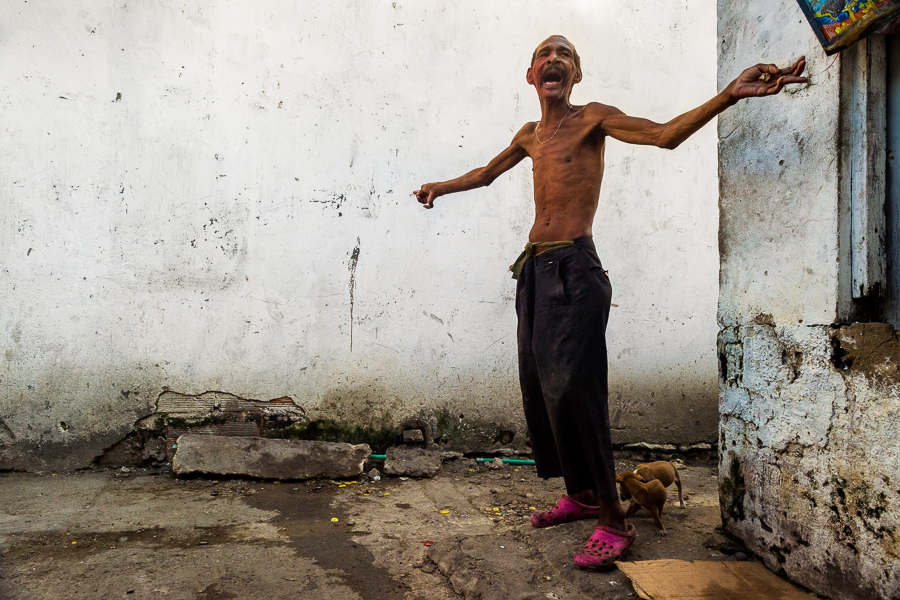

An Afro-Colombian woman hangs laundry to dry on a wooden fence outside her house in Olaya Herrera, a low social class neighborhood in Cartagena, Colombia.
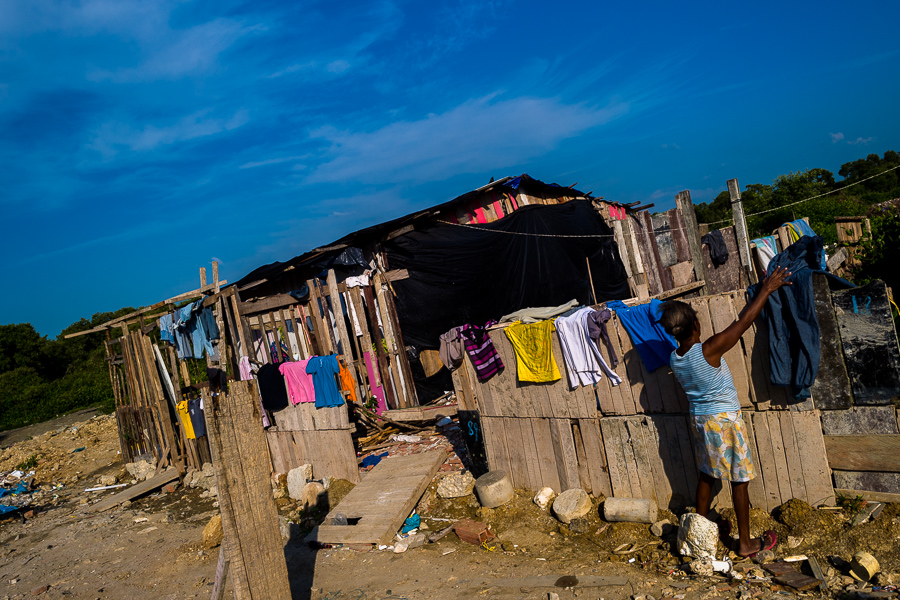

A rustic, low social class fisherman’s boat is seen anchored on the shore of the sea lagoon in Bahía de Manga, a luxurious neighborhood of Cartagena, Colombia.
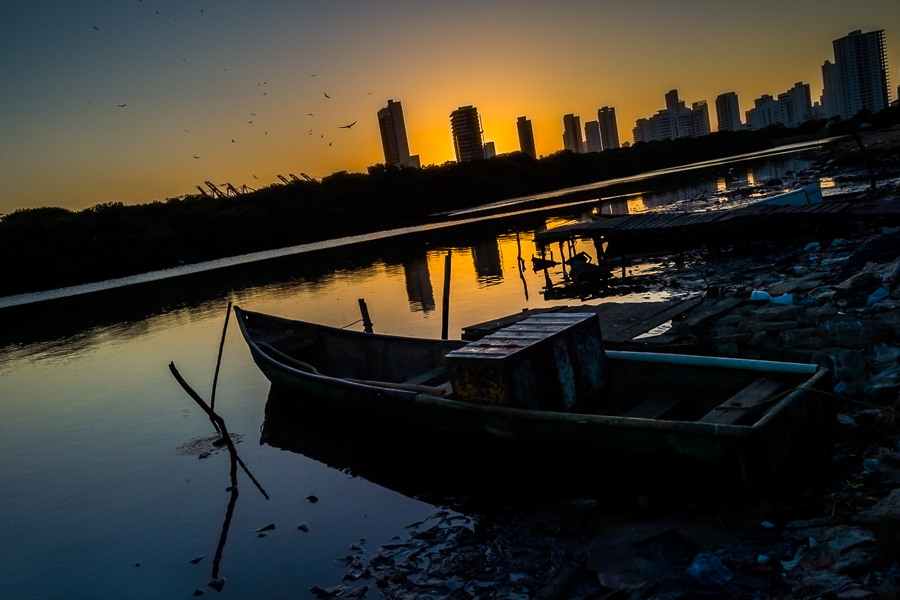

Afro-Colombian homeless men sleep on the cardboard in the historical center of Cartagena, Colombia.
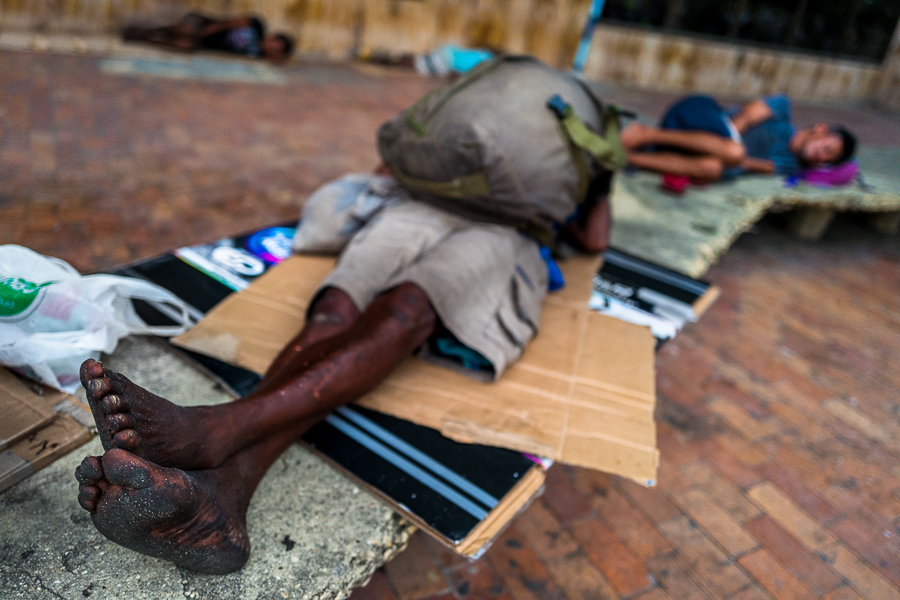

A Venezuelan girl, an economic immigrant from Caracas, poses for a picture after finishing her work shift in the market of Bazurto in Cartagena, Colombia.
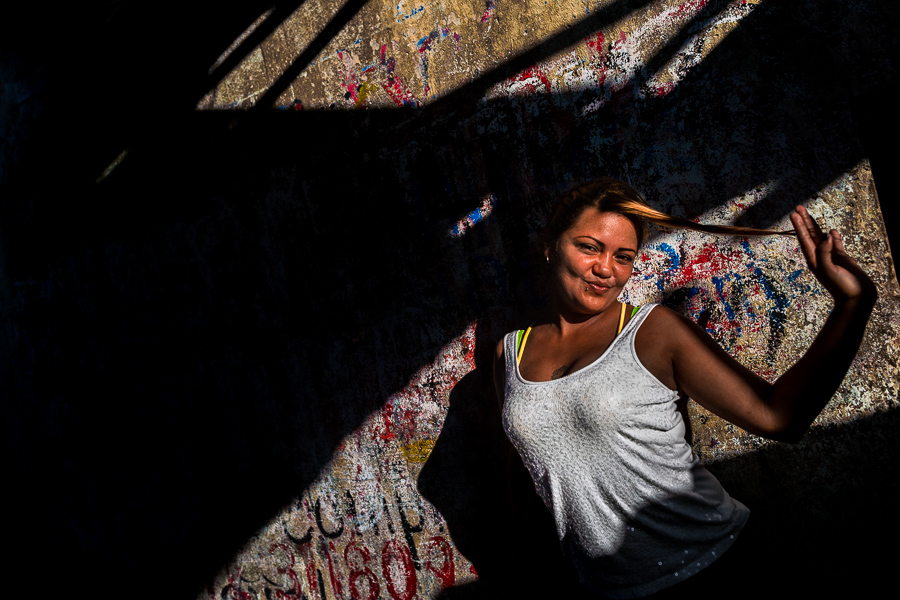

High rise luxury apartment buildings and hotels of Bocagrande neighborhood are seen during the sunset from La Popa monastery in Cartagena, Colombia.
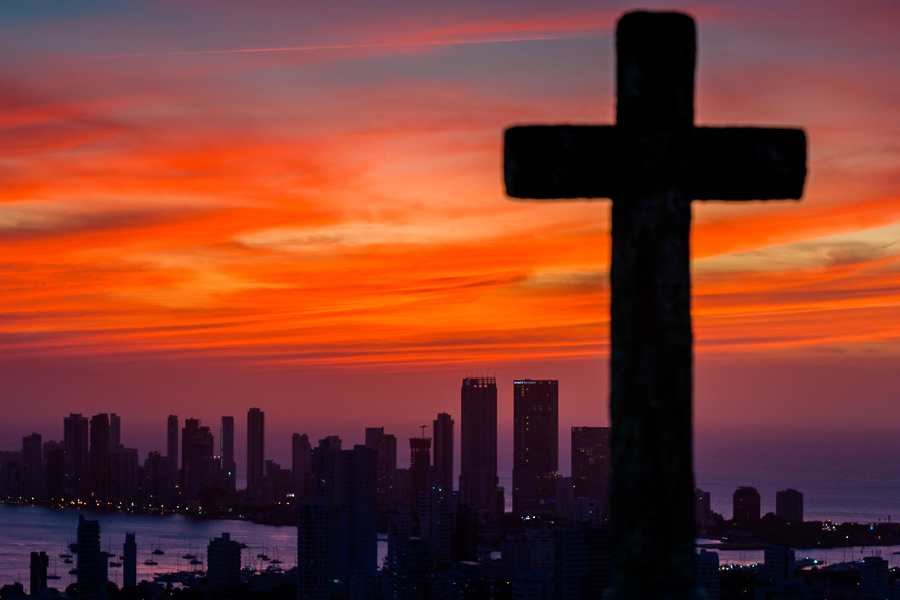

The dark side of Cartagena
Cartagena, Colombia – 2017-2021
Although the historic city center and the property owners in high-priced beach locations have benefited notably from the increase of tourism and the influx of investments in the last decade, the vast majority of Cartagena’s population still lives in harsh conditions on the edge of extreme poverty. Water is often not introduced in slums, roads remain unpaved, sewage and waste contaminate marine lagoons and the environment, and safety is lacking. Social inequality, income imbalance, and the general living conditions disparity have deepened significantly over the last few years.
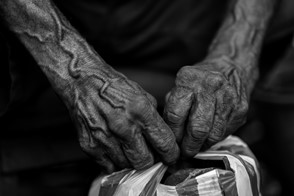
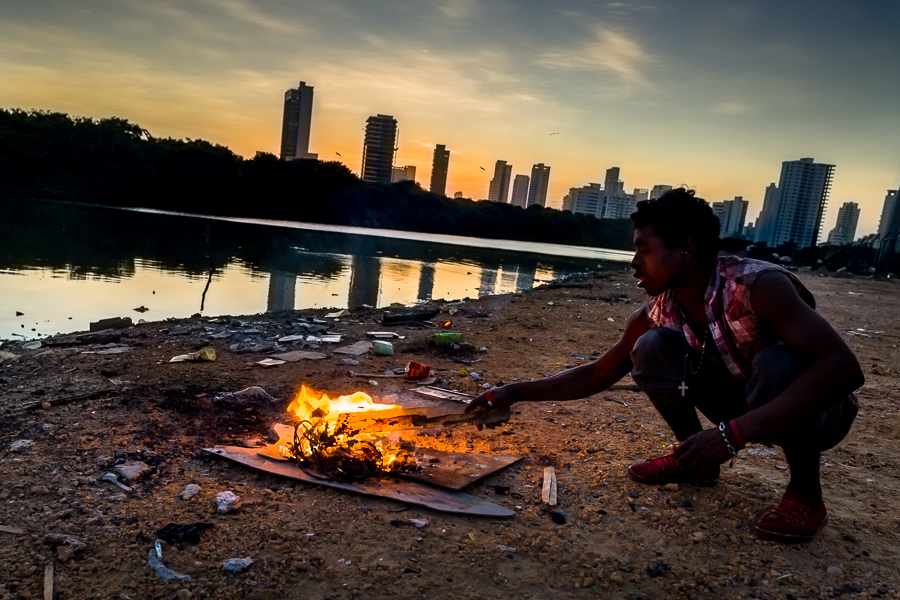

no comments yet